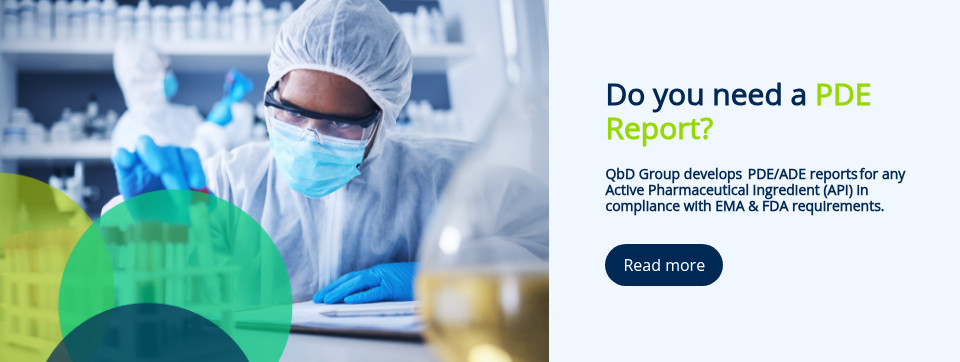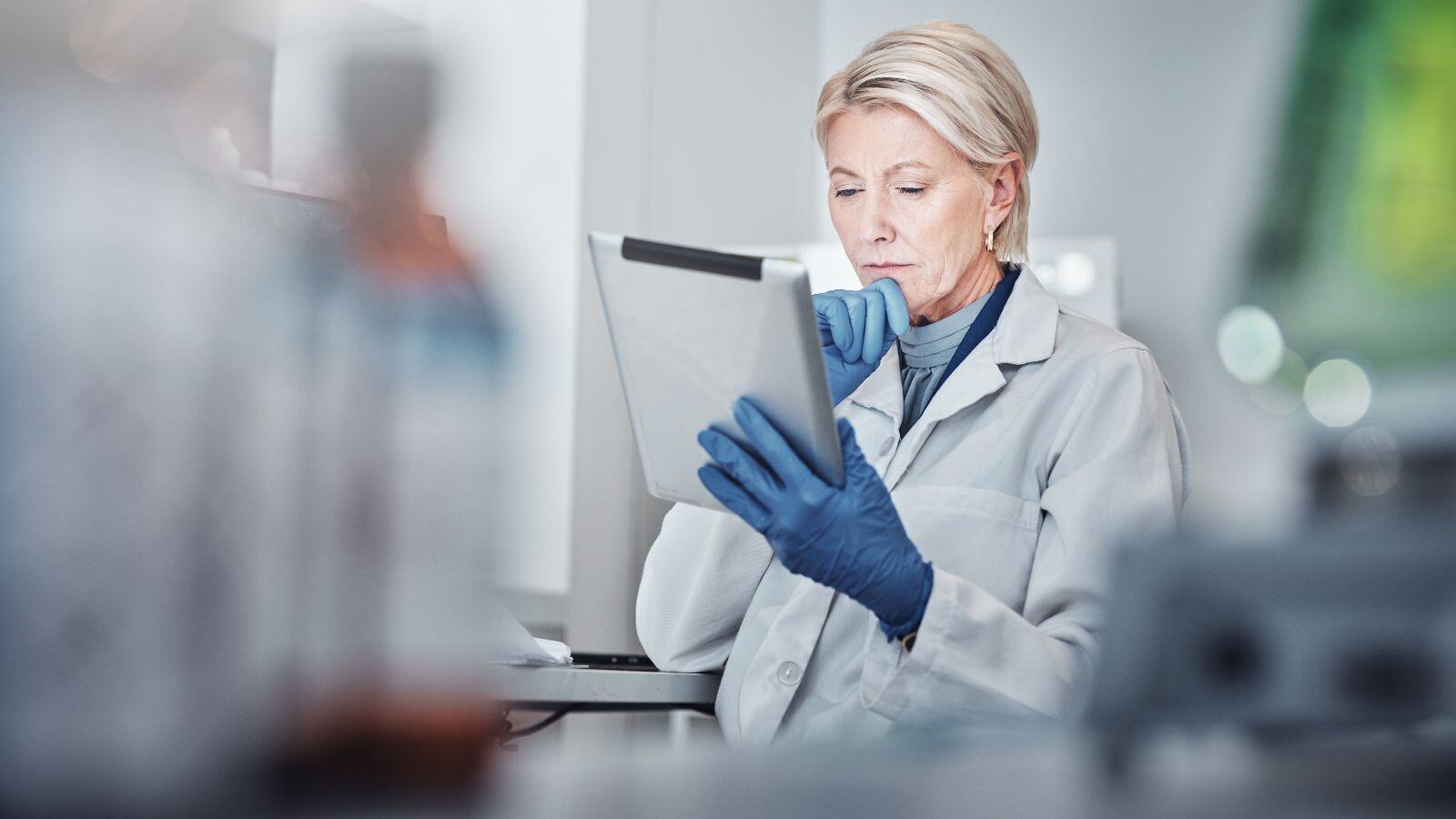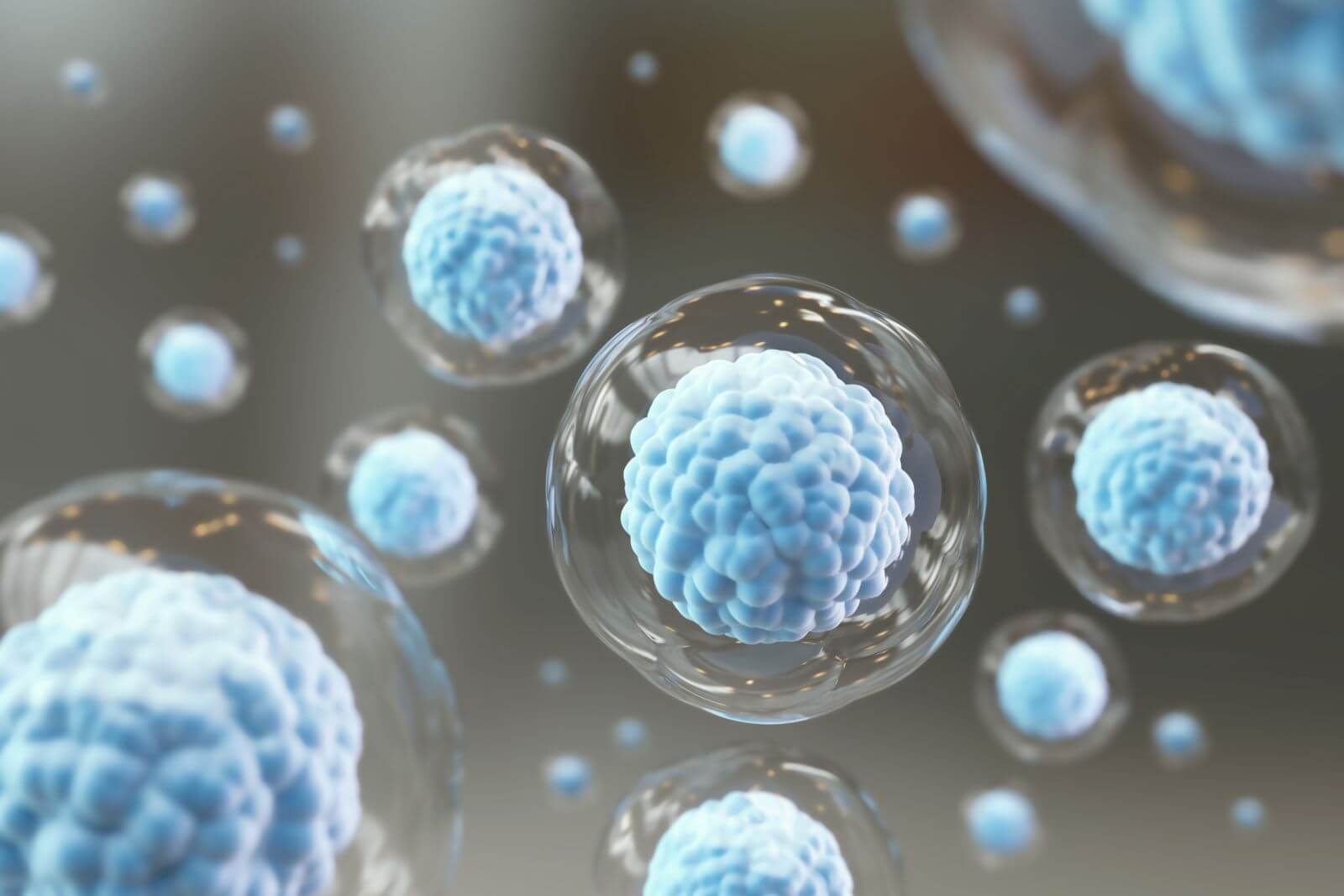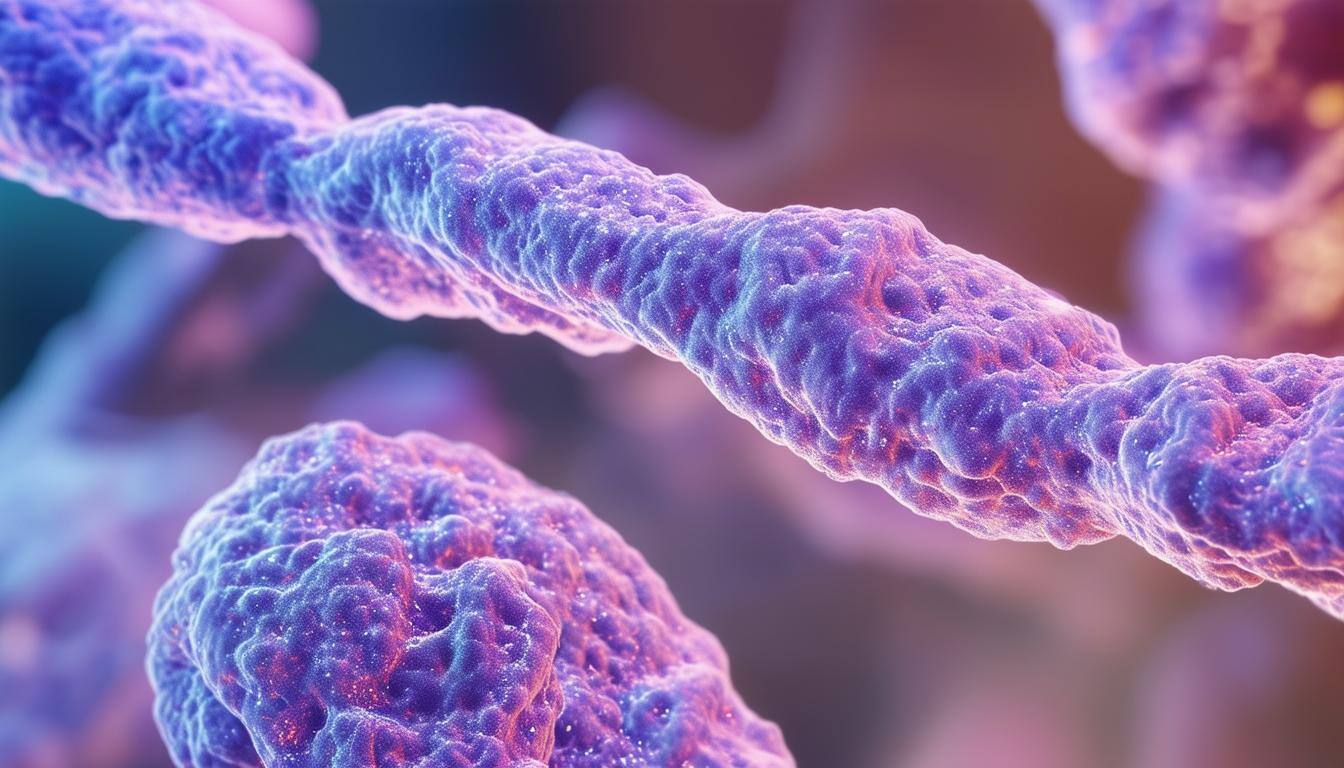Toxicology is fundamental throughout the drug life cycle, beginning with the evaluation of active substances in animals during the pre-clinical phase and continuing into human trials in the clinical phase. The primary goal of these studies is to ensure the safety of potential drug candidates.
The European Medicines Agency (EMA) mandates that Health-Based Exposure Limits (HBELs) be established for all medicinal products, based on toxicological or pharmacological data. This data requires periodic reassessment throughout the product’s life cycle.
So, even post-marketing, toxicology remains crucial for determining toxicological limits for qualifying impurities – be they organic, mutagenic, elemental, extractable, or leachable – or for foundational processes such as cleaning validation (emphasizing PDE values).
This post will delve into the significance of toxicologically relevant Permitted Daily Exposure (PDE) limits for cleaning validations mandated by current regulations.
Cleaning Validation in the Pharmaceutical Industry
Cleaning validation is an essential regulatory requirement in the production of medicinal products and active ingredients. It confirms that the manufacturing equipment has been effectively cleaned, leaving it free from residual contaminants.
As stipulated in the Good Manufacturing Practice (GMP), particularly Annex 15 “Qualification and Validation,” manufacturers must control critical operations aspects through rigorous validation across the product and process lifecycle. Changes that could affect product quality must be documented, with their impacts assessed.
In multi-product facilities, the primary concern is mitigating cross-contamination risks by ensuring residues from the cleaning process are reduced to safe levels, determined through toxicological assessment.
Why Cleaning Validation Matters
The aim of cleaning validation is to verify the effectiveness of cleaning methods in eliminating residues from equipment surfaces in direct contact with pharmaceutical products.
This is crucial for patient safety, as residues can pose severe health risks. Regulatory bodies like the EMA and FDA require cleanliness verification before marketing pharmaceutical products to comply with stringent GMP standards.
Moreover, effective cleaning validation helps manufacturers minimize product recalls due to contamination, reducing cross-contamination risks between different drugs.
Prerequisites for Effective Cleaning Validation
Successful cleaning validation begins with identifying potential residues and establishing acceptable carry-over limits, based on a thorough toxicological assessment using PDE values.
The next steps involve selecting an appropriate cleaning agent and establishing acceptance criteria for cleaning levels, based on safety data and regulatory standards. Training personnel to conduct and oversee validation studies is also crucial.
By addressing these prerequisites, pharmaceutical companies can ensure their products are safe and meet regulatory guidelines set by the EMA and FDA.
Toxicological Values in Cleaning Validations
According to the EMA guideline (EMA/CHMP/CVMP/SWP/169430/2012) which discusses establishing health-based exposure limits, the Permitted Daily Exposure (PDE) is defined as a substance-specific dose unlikely to cause an adverse effect if an individual is exposed to this dose daily throughout their lifetime.
These limits must be set by a qualified individual with expertise in toxicology and pharmacology. According to the ASTM standard, the process to establish a Health-Based Exposure Limit (HBEL) is intricate, requiring not only experience but also qualifications from a certified expert.
Documentation, such as a curriculum vitae, should demonstrate toxicology-related training and certifications (e.g., DABT or ERT). Typically, certification requires an academic degree in a relevant field, foundational knowledge of key toxicological domains, and a minimum of five years of experience.
The following steps are used to determine the PDE value:
1. Hazard Identification
Conduct a thorough literature review to gather data from preclinical and clinical studies covering aspects such as:
- Pharmacokinetics
- Pharmacodynamics
- Acute and chronic toxicity
- Genotoxicity
- Carcinogenicity
- Reproductive toxicity
- Sensitising potential
2. Identification of Critical Effects
This step involves pinpointing the most sensitive adverse effect noted in preclinical toxicity studies. It also considers any therapeutic and adverse effects observed in clinical studies.
3. Determination of the Point of Departure (PoD)
Establish the No Observed Adverse Effect Level (NOAEL) for all critical effects identified, which is the highest dose tested without any adverse effects. If multiple critical effects are observed across various studies, use the lowest dose for PDE calculation. If a NOAEL cannot be determined, then the Lowest Observed Adverse Effect Level (LOAEL) is used.
4. Adjustment Factors
Calculate the PDE value by dividing the dose related to the critical effect by several adjustment factors (F1-F5) to account for uncertainties. These factors include:
- Cross-species extrapolation (F1)
- Inter-individual variability (F2)
- Duration of toxicological study (F3)
- Potential toxicity (F4)
- Value comparison (NOAEL vs LOAEL) (F5)
Key Steps and Considerations in Cleaning Validation
The process of cleaning validation involves multiple steps to ensure that cleaning procedures are both effective and consistent. To achieve this, the cleaning procedure must be clearly defined, detailing the type of detergent used, its preparation, and the duration of the cleaning process. Additionally, the method should be described, indicating whether it is automated or manual.
In cleaning validation, pharmaceutical companies may adopt various approaches. A common strategy is the “worst-case scenario” approach. This involves selecting the most challenging products, equipment, or areas for cleaning validation, supported by scientific justification.
For selecting a worst-case product, a matrix is created to compare all products based on parameters that influence cleanliness, including:
- Batch size: Larger batch sizes, which soil the equipment’s surface more extensively, should be prioritized.
- Concentration of active ingredient: Higher concentrations increase the likelihood of residues remaining on equipment surfaces.
- Solubility of the active ingredient (mg/mL): Greater solubility facilitates easier cleaning.
- Toxicity: The worst-case scenario would involve the product with the lowest PDE (Permissible Daily Exposure) value.
- Minimum therapeutic dose: The most potent contaminant should be considered the worst case.
Following these considerations, a Validation Protocol is established, outlining the responsibilities of each department, the strategy for selecting equipment and products, cleaning agents, sampling techniques, analytical methods, and acceptance criteria.
Cleaning validation requires meticulous planning and execution as it directly impacts product quality. Typically, this process involves producing at least three product batches, each followed by cleaning and sampling cycles. Comprehensive documentation is crucial at all stages.
Upon completion, the results are compiled in a Validation Report, which includes data review and conclusions drawn. If no residual contamination exceeds the specified limits, the cleaning validation is deemed successful.
Conclusion: Ensuring Safety and Compliance through Expert Cleaning Validation
Effective cleaning validation is critical for patient safety and compliance with GMP regulations. Establishing PDE limits and executing a comprehensive cleaning validation strategy minimizes the risk of cross-contamination and ensures drug quality and efficacy.
At the QbD Group, we are committed to offering expert design, strategy selection, and protocol development tailored to your specific needs, ensuring your processes are efficient and compliant.







.png?width=109&height=108&name=Pharma%20(2).png)
.png?width=111&height=108&name=Medical%20Devices%20(2).png)
.png?width=84&height=107&name=IVD%20(2).png)










.png)

.jpg)
